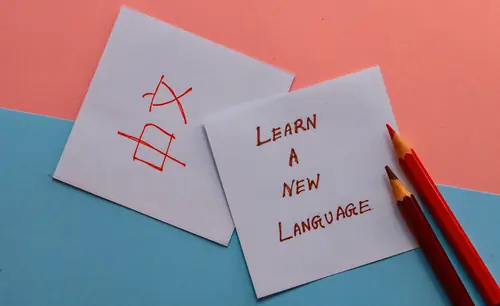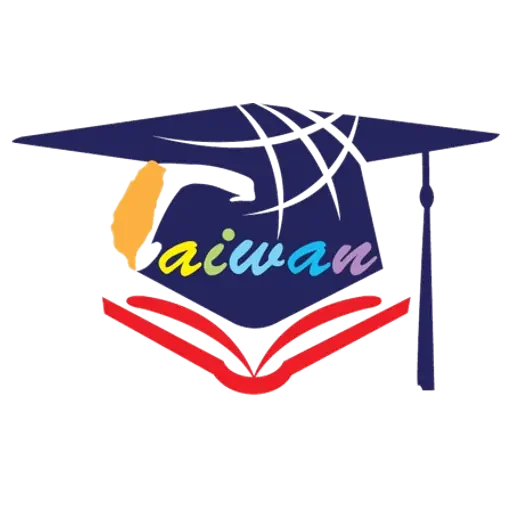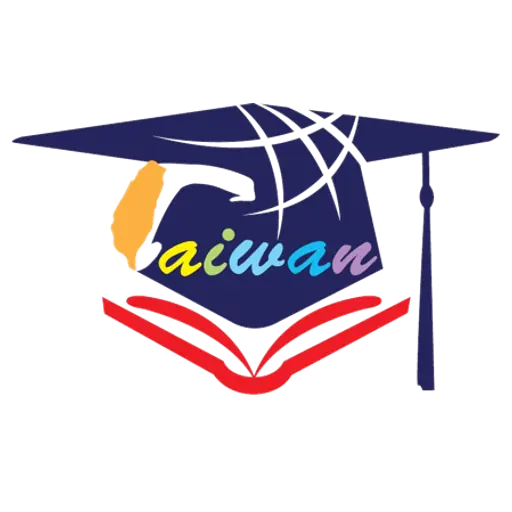Languages Spoken in Taiwan

Taiwan is culturally rich and varied; its language reflects its ethnic groups and history. The rich history has shaped the Taiwan language scene, a patchwork of sounds, scripts, and letters. Language is not only a sign of cultural richness but also a record of the island’s historical journey, including occupations, migrations, and social transformations.
Foreign rule and migration have impacted the Taiwan language. The diversity is a direct result of these historical influences. Each language tells a story of Taiwan’s history, from the island’s first settlers’ Formosan languages to the Kuomintang’s Mandarin and Taiwanese Hokkien and Hakka. This backdrop sets the stage for a deeper look at Taiwan’s languages.
The Languages of Taiwan

Mandarin Chinese
Mandarin is Taiwan’s official language and is central to its language-scape. Taiwanese Mandarin differs from Mainland China’s simplified character system using traditional Chinese characters. Traditional characters represent Taiwan’s educational and official documentation requirements as well as cultural preferences. Taiwanese government documents, educational resources, and most publications use traditional characters.
Taiwanese Mandarin is unique to Mainland Chinese Mandarin in many ways. The Taiwanese Mandarin accent is milder and emphasizes retroflex sounds less than Mainland Mandarin. Mainland Mandarin “sh,” “ch,” and “zh” sounds are pronounced more softly in the Taiwan language. Japanese and native Taiwanese loanwords enrich Taiwanese Mandarin’s vocabulary. Taiwanese call “pineapple” “fènglí,” but Mainland Mandarin calls it “bōluó.” The language of Taiwan reflects the island’s culture and communication due to its intricacies.
Taiwanese Hokkien
Taiwan’s vernacular language, Hokkien, is vital to its language landscape. Southern Fujian, China, is the birthplace of this Hokkien variation, which has developed over generations. In Taiwan, it is more than a communication method. It indicates a rich cultural history in media, local literature, and popular music. Its strong roots in the Taiwan language ecosystem are represented by its use in local television, radio, and digital content beyond informal chats.
Recognition of the importance of Taiwanese Hokkien to the Taiwan language and culture has prompted efforts to conserve and promote it. Educational programs, including Taiwanese Hokkien in schools, develop bilingualism among youth. Taiwanese Hokkien remains relevant in contemporary life thanks to government funding for publications and broadcasts. Today’s technology has made Taiwanese Hokkien digital resources, including online dictionaries and language study applications, more accessible and appealing to tech-savvy people. Undoubtedly, these activities help preserve and honor Taiwan’s cultural language.
Hakka and Indigenous Languages
Hakka is essential to the Taiwan language. Hakka is spoken by 15-20% of Taiwan’s population and has regional variants influenced by Fujian and Guangdong. That’s where the Hakka people initially migrated. The language has a phonology and vocabulary distinct from other Chinese dialects. The Taiwanese government has established Hakka TV and radio stations and introduced Hakka language classes in schools for its cultural significance. These activities preserve linguistic variety and promote Hakka heritage in Taiwan languages.
Taiwan’s aboriginal tribes’ indigenous languages are also part of its linguistic legacy. Each of the 16 recognized tribes speaks its Austronesian language. Unfortunately, many of these languages are endangered or near extinction. The Taiwanese government has launched revival and preservation programs for that reason. Indigenous languages are taught in the curriculum and using multimedia tools. Apart from that, the Ministry of Education’s Indigenous Language Digital Learning Platform helps learn these languages. Taiwan’s Indigenous Languages Development Act grants official recognition to these languages.
Foreign Languages
Japan’s rule of Taiwan from 1895 to 1945 made the Japanese language necessary in the Taiwan linguistic tapestry. The Japanese influenced many elements of Taiwanese society while impacting the older generations who were educated. Some Taiwanese, especially older people and those active in cultural and commercial relations with Japan, still use Japanese. Japanese pop culture has also helped popularize the language among younger Taiwanese.
However, Vietnamese and Indonesian are relatively new in Taiwan, primarily due to immigration. With more Southeast Asian immigration and workforce, the Taiwan language scenario has improved. Thus, Vietnamese and Indonesian are spoken in immigrant communities. Taiwan’s global outlook and desire for worldwide connectedness are reflected in its widespread teaching of English in schools. English is not an official language, but its significance in the Taiwan language school system prepares residents for global engagement.
Multi-Languages Used in Various Places Across Taiwan
Language variety improves Taiwan’s tourist attractions, transit hubs, commercial areas, and night markets. Mandarin Chinese and Taiwanese Hokkien serve the local populace. English and Japanese advertising and audio announcements are widespread in tourist destinations, including Taipei 101, the National Palace Museum, and Shilin and Raohe night markets. The Taiwan language landscape diversifies at educational institutions with many overseas students.Chinese is the major teaching language in Taiwan, especially in compulsory education. English-taught university programs are growing for international students and residents wanting a global education.
Explore UECFOCS’s Resources!
UECFOCS provides extensive and technical help on academic topics, admissions procedures, and scholarship possibilities for overseas Chinese students studying in Taiwan. Our resources offer insights into Taiwan’s education system and 18 academic subjects, from engineering to the arts. We emphasize Taiwan’s language and cultural adaptability for educational experience. We also explain the scholarship application process and include Ministry of Education scholarships and Overseas Chinese Affairs Committee awards. For more information, visit our website, University Entrance Committee For Overseas Chinese Students.
Funded by the Ministry of Education.

